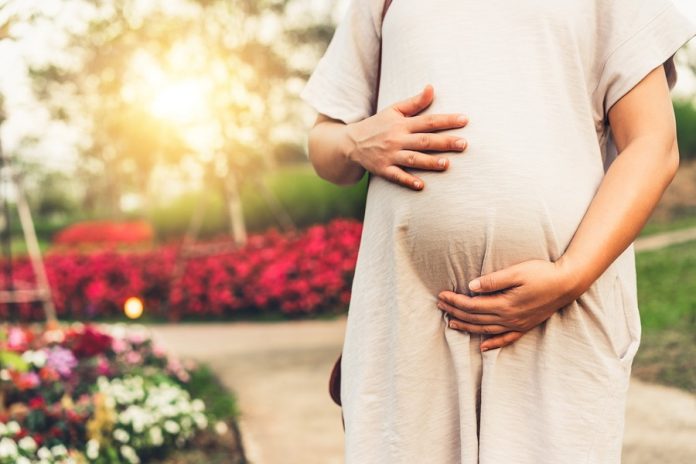Many women space out their pregnancies for a variety of reasons. However, some try again after a short interval, or experience an “oops pregnancy”. Pregnancy does have an impact on a woman’s body, and a recovery period between pregnancies has a number of benefits. According to a new study, one of those benefits is restoration of both health. Loss of bone mass, osteoporosis, is associated with pregnancy and breastfeeding; however, bone mass returns to normal after pregnancy and breast feeding are completed.
A new study invested the impact of short intervals between pregnancy and the development of osteoporosis in the menopause. The study was published online in the journal Maturitas by researchers at the Department of Obstetrics and Gynecology, Kartal Dr. Lutfi Kirdar Education and Research Hospital, Istanbul, Turkey.
The study group comprised 537 postmenopausal women who were divided into two groups based on their osteoporosis status. Prior to undergoing a bone densitometry test, the women were questioned regarding their reproductive history. Dual-energy X-ray absorptiometry was used to measure lumbar spinal, femur neck, and total femoral bone mineral density.
The researchers found that the comparison of both groups based on the total duration of breastfeeding did not reveal a significant difference. In the osteoporosis group, the age and duration of menopause were found to be significantly higher than the group without osteoporosis. Moreover, the age of first pregnancy and inter-pregnancy interval were significantly lower in the osteoporosis group. Statistical analysis revealed that women who have a 0–12 month inter-pregnancy interval have the highest risk for osteoporosis. This analysis also confirmed that the occurrence of a first pregnancy under 27 years of age was associated with a higher risk for osteoporosis.
The authors concluded that a shortened inter-pregnancy interval may have a detrimental effect on bone mineral density when a women enters her postmenopausal years.
Osteoporosis affects more than 10 million Americans over the age of 50, with women four times more likely to develop osteoporosis than men. Another 34 million Americans over the age of 50 have low bone mass (osteopenia) and therefore have an increased risk for osteoporosis. Estrogen deficiency is one of the main causes of bone loss in women during and after menopause. Women may lose up to 20% of their bone mass in the five to seven years following menopause.
Although the exact medical cause for osteoporosis is unknown, a number of factors contribute to osteoporosis, including the following:
Aging: bones become less dense and weaker with age.
Race: Caucasian and Asian women are most at risk, although all races may develop the disease.
Body weight: obesity is associated with a higher bone mass; therefore, individuals who weigh less and have less muscle are more at risk for developing osteoporosis.
Lifestyle factors; the following lifestyle factors may increase a person’s risk of osteoporosis:
Physical inactivity
Caffeine
Excessive alcohol use
Smoking
Dietary calcium and vitamin D deficiency
Certain medications
Family history of bone disease
In 2006, the North American Menopause Society (NAMS) reviewed and updated its guidelines on the diagnosis, prevention, and treatment of postmenopausal osteoporosis. Among its updated recommendations, NAMS suggests that women’s lifestyle practices should be reviewed regularly by their doctors, and that practices that help to reduce the risk for osteoporosis should be encouraged. Also, NAMS recommends that a woman’s risk for falls should be evaluated at least once a year after menopause has occurred. An additional recommendation is that a woman’s height and weight should be measured annually, and she should be assessed for kyphoses (development of a rounded humped spines) and back pain.















